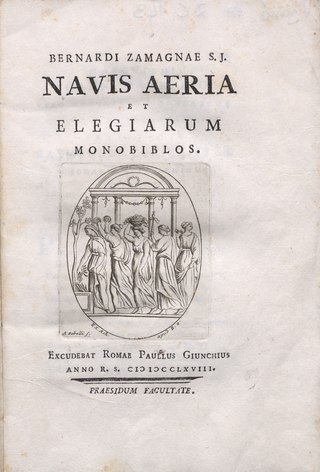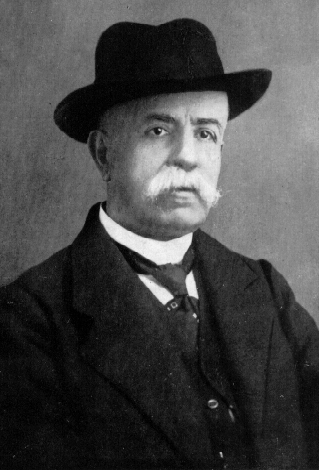Related Research Articles

Marin Mersenne, OM was a French polymath whose works touched a wide variety of fields. He is perhaps best known today among mathematicians for Mersenne prime numbers, those written in the form Mn = 2n − 1 for some integer n. He also developed Mersenne's laws, which describe the harmonics of a vibrating string, and his seminal work on music theory, Harmonie universelle, for which he is referred to as the "father of acoustics". Mersenne, an ordained Catholic priest, had many contacts in the scientific world and has been called "the center of the world of science and mathematics during the first half of the 1600s" and, because of his ability to make connections between people and ideas, "the post-box of Europe". He was also a member of the ascetical Minim religious order and wrote and lectured on theology and philosophy.

Evangelista Torricelli was an Italian physicist and mathematician, and a student of Galileo. He is best known for his invention of the barometer, but is also known for his advances in optics and work on the method of indivisibles. The torr is named after him.

The Kingdom of Naples was a state that ruled the part of the Italian Peninsula south of the Papal States between 1282 and 1816. It was established by the War of the Sicilian Vespers (1282–1302), when the island of Sicily revolted and was conquered by the Crown of Aragon, becoming a separate kingdom also called the Kingdom of Sicily. This left the Neapolitan mainland under the possession of Charles of Anjou. Later, two competing lines of the Angevin family competed for the Kingdom of Naples in the late 14th century, which resulted in the murder of Joanna I at the hands of her successor, Charles III of Naples. Charles' daughter Joanna II adopted King Alfonso V of Aragon as heir, who would then unite Naples into his Aragonese dominions in 1442.

François Viète, known in Latin as Franciscus Vieta, was a French mathematician whose work on new algebra was an important step towards modern algebra, due to his innovative use of letters as parameters in equations. He was a lawyer by trade, and served as a privy councillor to both Henry III and Henry IV of France.

The École normale supérieure de Lyon is a French grande école located in the city of Lyon. It is one of the four prestigious écoles normales supérieures in France. The school is composed of two academic units —Arts and Sciences— with campuses in Lyon, near the confluence of the Rhône and Saône rivers.

Henri Paul Cartan was a French mathematician who made substantial contributions to algebraic topology.
The year 1826 in science and technology involved some significant events, listed below.

The year 1768 in science and technology involved some significant events.
The year 1701 in science and technology involved some significant events.

Gregorio Ricci-Curbastro was an Italian mathematician. He is most famous as the discoverer of tensor calculus.
The year 1930 in science and technology involved some significant events, listed below.
Jacques Pelletier du Mans, also spelled Peletier was a humanist, poet and mathematician of the French Renaissance.

Avignon University is a public university located in Avignon, France and founded in 1303.

Pierre de Fermat was a French mathematician who is given credit for early developments that led to infinitesimal calculus, including his technique of adequality. In particular, he is recognized for his discovery of an original method of finding the greatest and the smallest ordinates of curved lines, which is analogous to that of differential calculus, then unknown, and his research into number theory. He made notable contributions to analytic geometry, probability, and optics. He is best known for his Fermat's principle for light propagation and his Fermat's Last Theorem in number theory, which he described in a note at the margin of a copy of Diophantus' Arithmetica. He was also a lawyer at the parlement of Toulouse, France.
The year 1545 in science and technology involved some significant events.
The year 1569 in science and technology included a number of events, some of which are listed here.
The year 1588 in science and technology, Armada year, included a number of events, some of which are listed here.
The year 1557 CE in science and technology included a number of events, some of which are listed here.

Maria Gaetana Agnesi was an Italian mathematician, philosopher, theologian, and humanitarian. She was the first woman to write a mathematics handbook and the first woman appointed as a mathematics professor at a university.
Events from the year 1631 in France
References
- ↑ Débats et controverses. Editions Parenthèses. 1997. ISBN 978-2-86364-905-3 . Retrieved 2011-08-05.